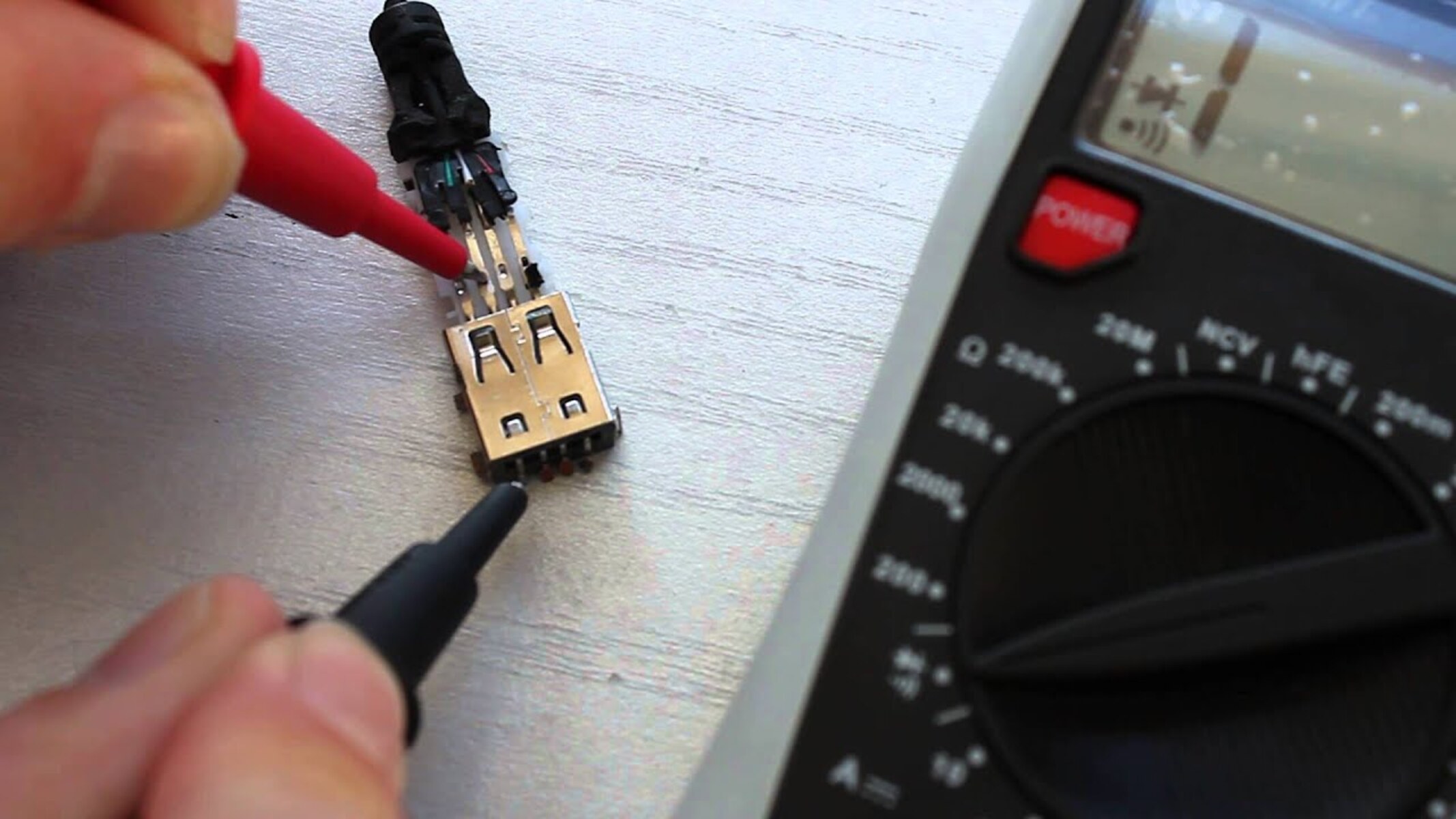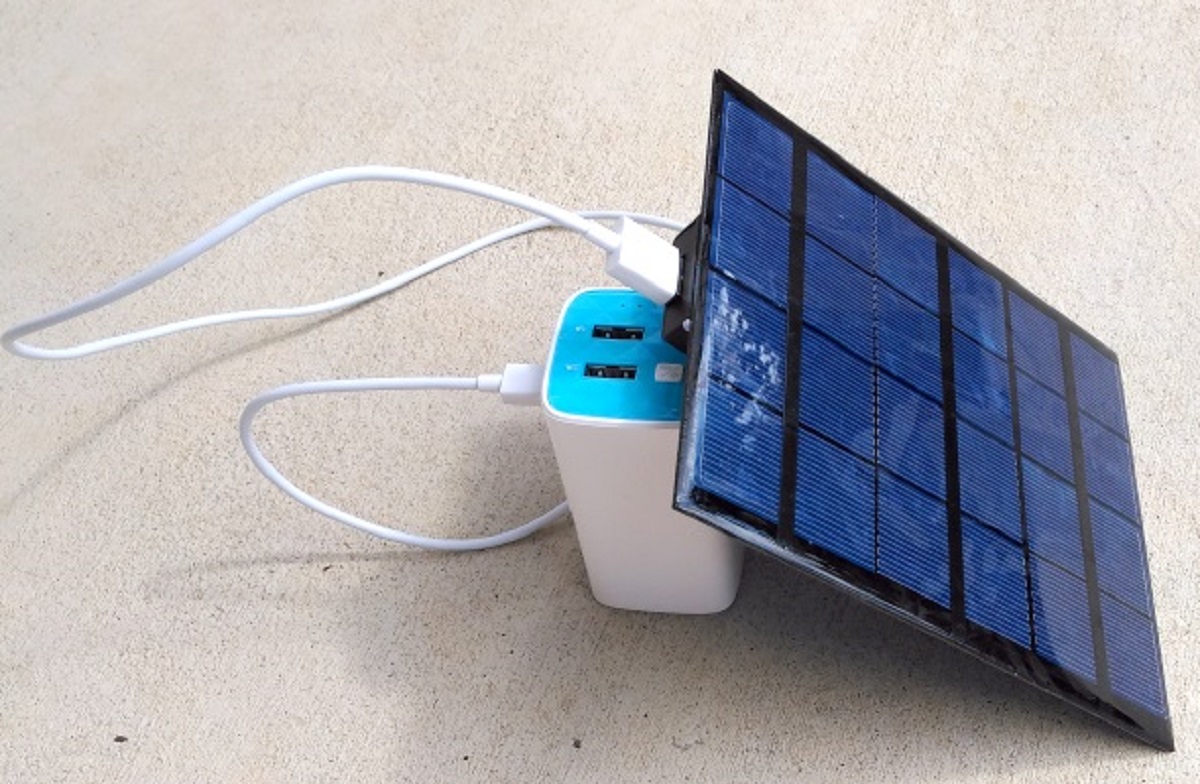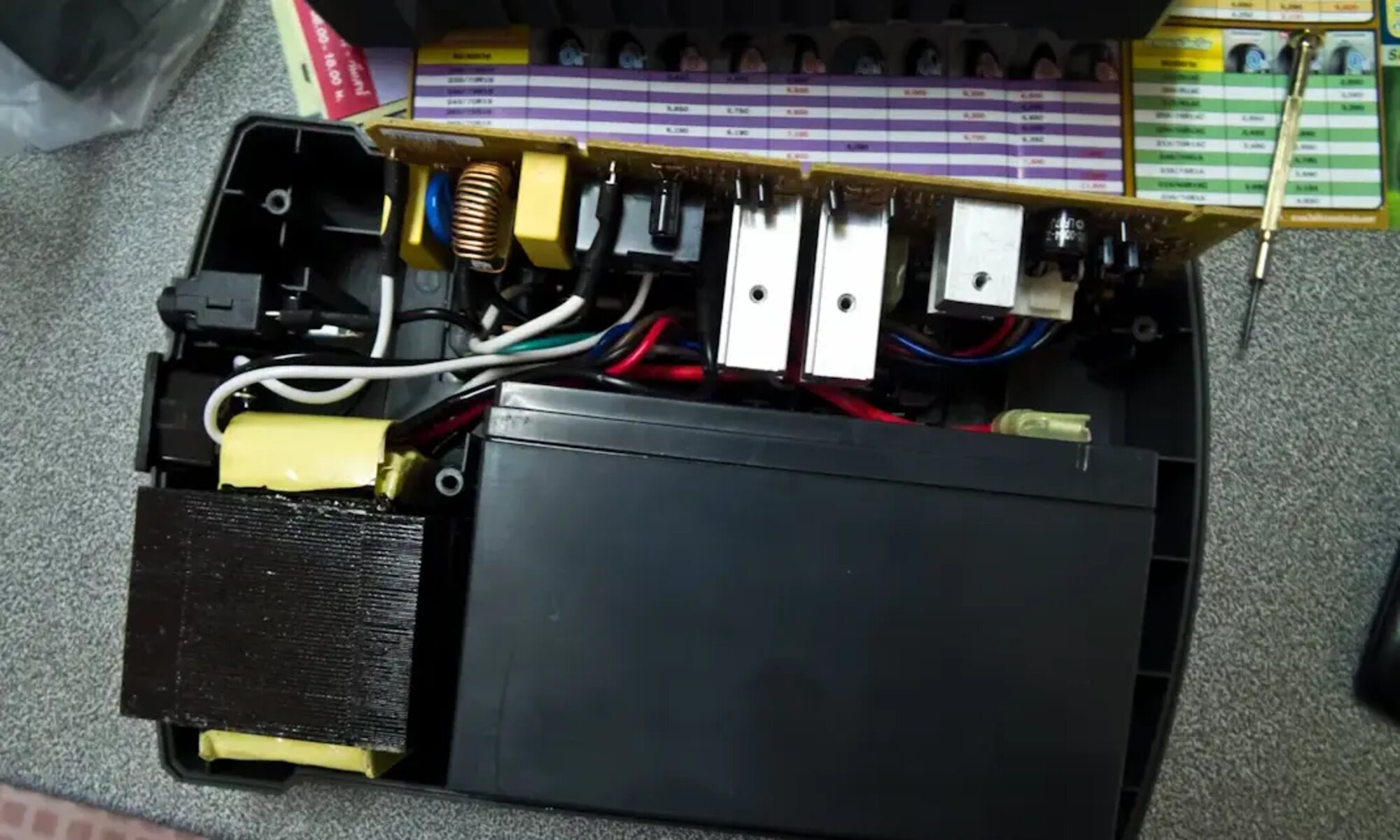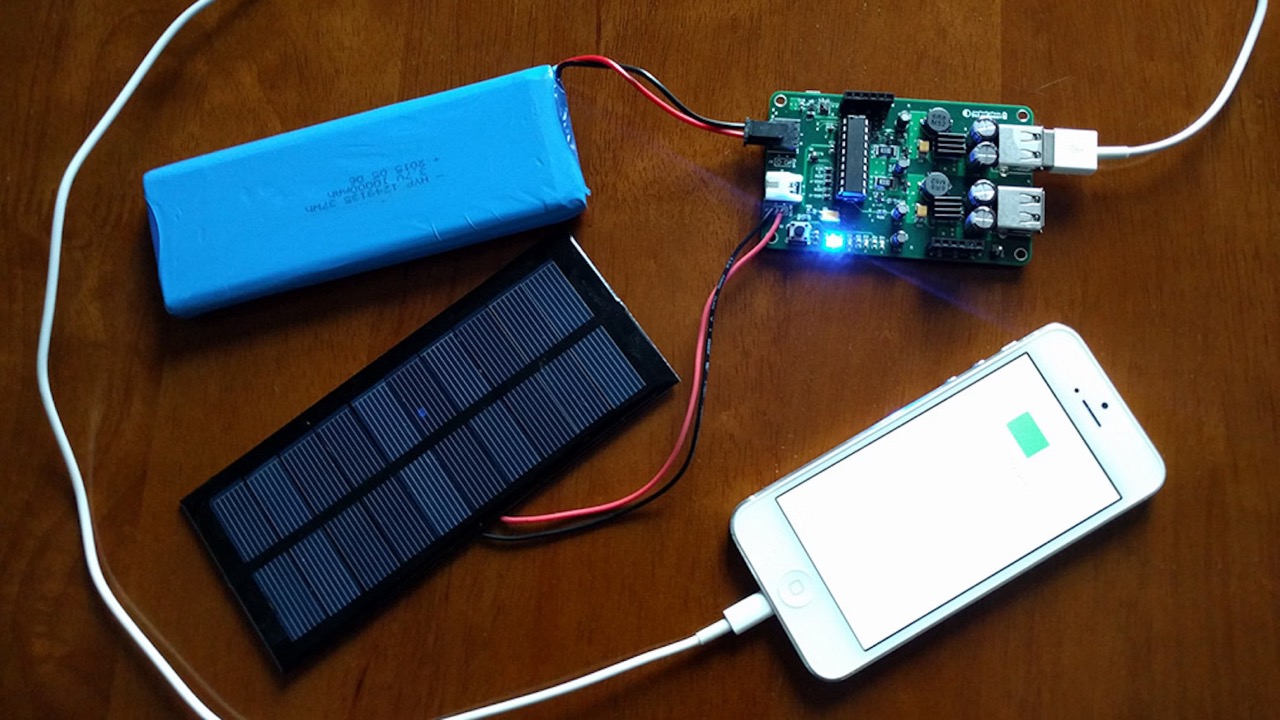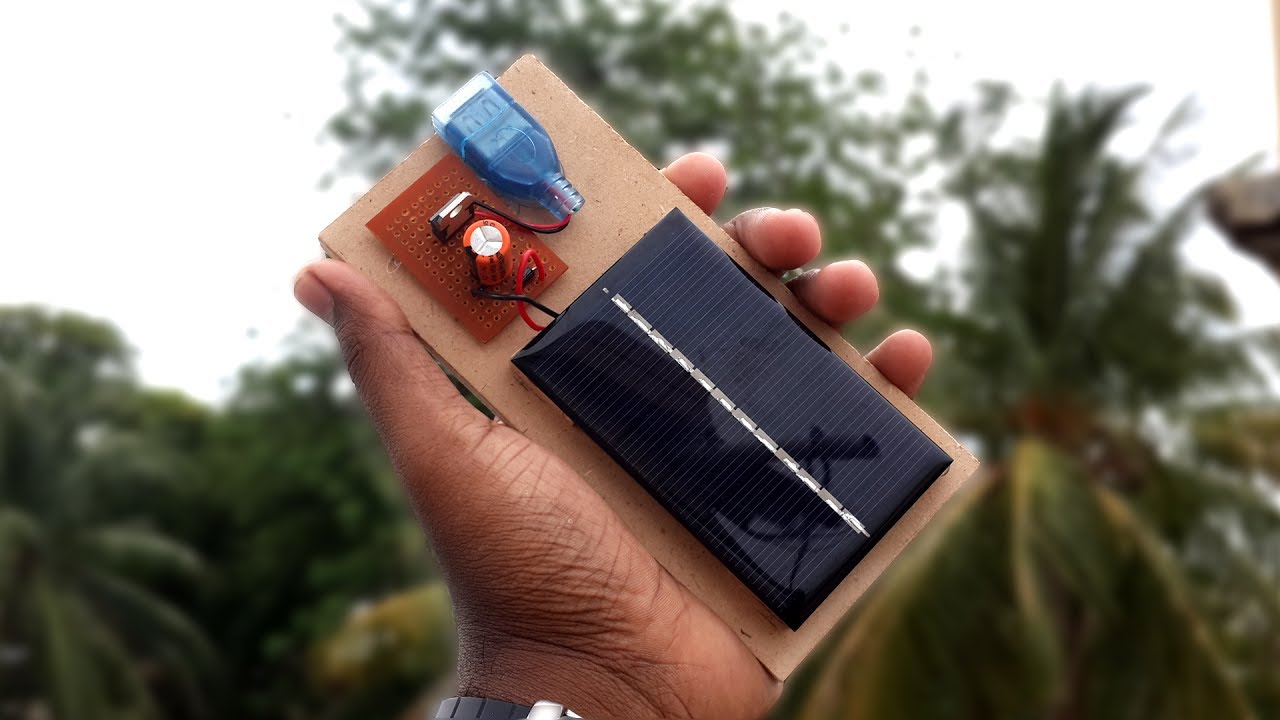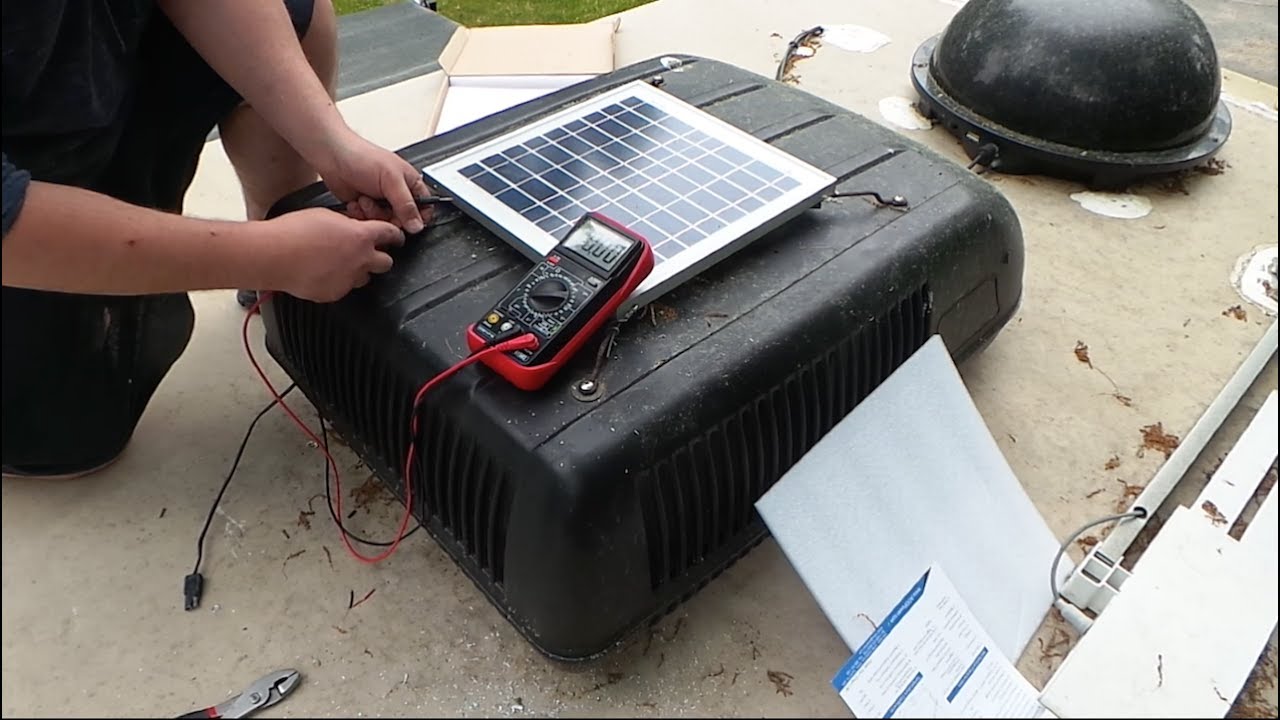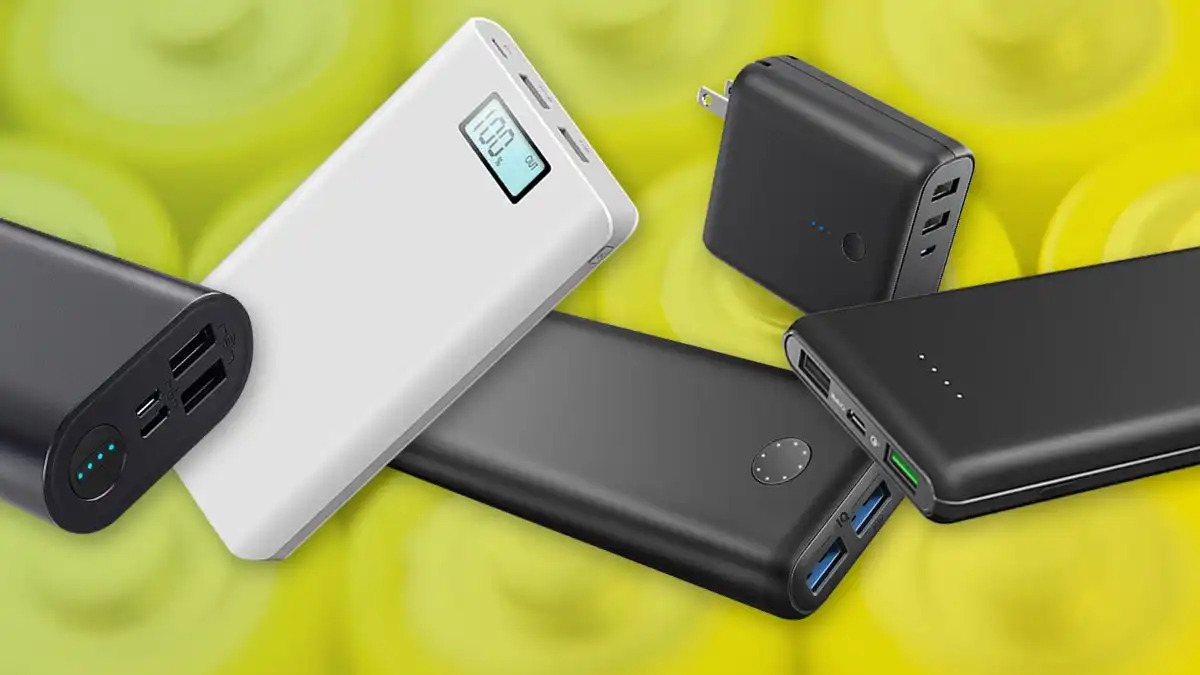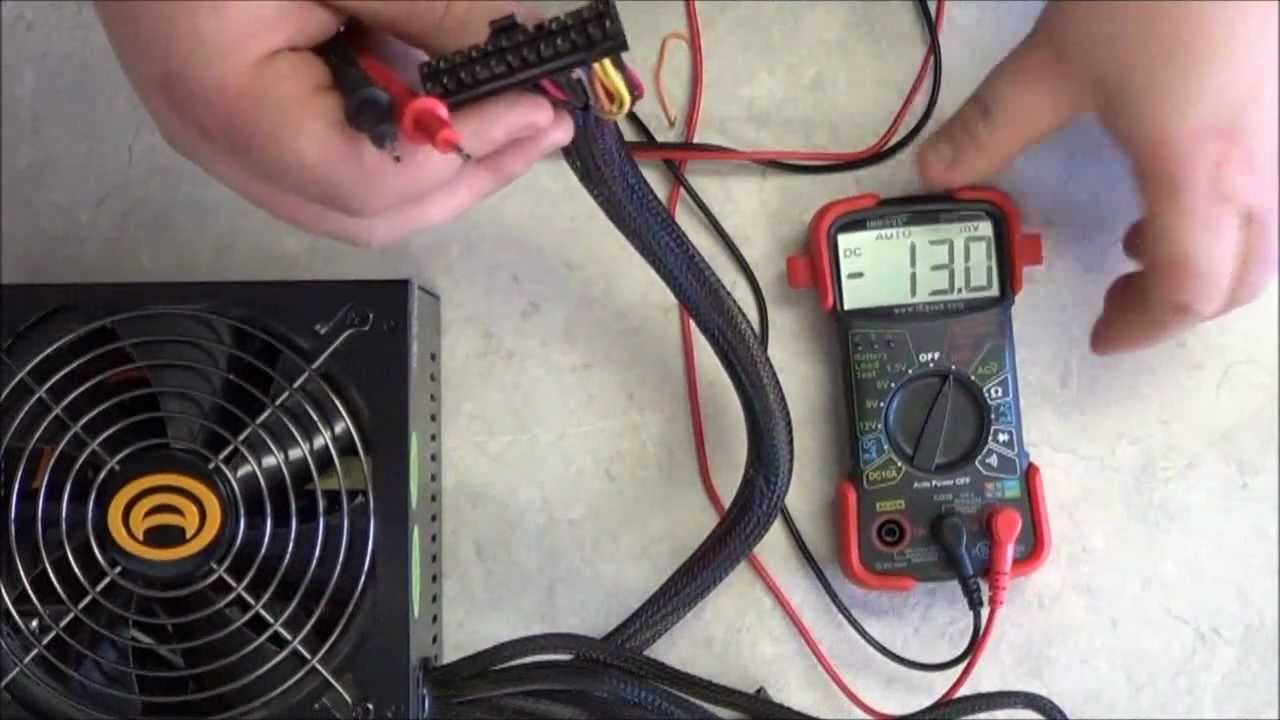Introduction
Welcome to the comprehensive guide on testing USB chargers with a multimeter. In today's tech-savvy world, USB chargers have become an essential part of our daily lives, allowing us to power up our smartphones, tablets, and a myriad of other devices. However, not all USB chargers are created equal, and their performance can vary significantly.
Testing a USB charger with a multimeter is a crucial step in ensuring that it delivers the necessary voltage and current to charge your devices efficiently and safely. This guide will walk you through the step-by-step process of testing USB chargers, empowering you to make informed decisions about the chargers you use.
By understanding the basics of USB chargers and learning how to use a multimeter to test their voltage and current output, you can identify high-quality chargers that meet your device's requirements. Whether you're a tech enthusiast, a DIYer, or simply someone who wants to ensure their devices are charged optimally, this guide is designed to equip you with the knowledge and skills to test USB chargers effectively.
So, let's embark on this enlightening journey to demystify the world of USB chargers and learn how to wield a multimeter to gauge their performance. With the right tools and know-how, you'll be able to make informed decisions when selecting USB chargers and ensure that your devices receive the power they need to keep you connected and productive.
Step 1: Understanding the Basics of USB Chargers
Before delving into the testing process, it’s essential to grasp the fundamental aspects of USB chargers. USB, which stands for Universal Serial Bus, has become the standard interface for connecting and charging electronic devices. USB chargers are designed to provide power to a wide range of gadgets, including smartphones, tablets, digital cameras, and more.
USB chargers come in various shapes and sizes, with different specifications dictating their charging capabilities. One crucial factor to consider is the voltage output of the charger. Standard USB chargers typically provide 5 volts of power, which is suitable for most consumer electronics. However, certain fast-charging technologies may require higher voltage outputs, such as 9 volts or 12 volts, to deliver power more rapidly.
Another vital aspect to understand is the current output of USB chargers, measured in amperes (amps). The current output determines how quickly a charger can replenish a device’s battery. While most USB chargers offer a current output of 1 amp or 2.1 amps, fast-charging devices may require higher currents, such as 3 amps or more, to expedite the charging process.
Furthermore, it’s important to differentiate between USB-A, USB-B, micro-USB, USB-C, and other connector types commonly found on chargers and devices. Each connector type has specific attributes and compatibility requirements, influencing the charging speed and efficiency of the connected devices.
By familiarizing yourself with these essential aspects of USB chargers, you’ll be better equipped to assess and test their performance using a multimeter. Understanding the voltage and current requirements of your devices will enable you to make informed decisions when selecting USB chargers and ensure that they meet the necessary specifications for optimal charging.
Step 2: Gathering the Necessary Tools
Before embarking on the testing process, it’s essential to gather the requisite tools to conduct accurate assessments of USB chargers. The primary tool you’ll need is a multimeter, a versatile device used to measure voltage, current, and resistance in electrical circuits. When selecting a multimeter, opt for a model that offers precise measurements and a suitable range for both voltage and current.
Additionally, ensure that the multimeter is equipped with probes or test leads that can be safely and securely connected to the USB charger’s output ports. The probes should have insulated tips to prevent accidental contact with live electrical components, ensuring your safety during the testing process.
Furthermore, a USB breakout board or adapter can be immensely helpful when testing USB chargers. This accessory allows you to connect the USB charger to the multimeter more conveniently, providing easy access to the voltage and current measurements without having to hold the probes in place manually.
It’s also advisable to have a notepad and pen on hand to record the measurements obtained during the testing process. Documenting the voltage and current outputs of each USB charger will enable you to compare and analyze the results, aiding in the evaluation of their performance and suitability for specific devices.
Lastly, prioritize safety by working in a well-lit and uncluttered environment, and be mindful of handling electrical components with care. Before commencing the testing procedure, familiarize yourself with the multimeter’s operation manual to ensure proper usage and accurate readings.
By assembling the necessary tools and adopting a cautious approach, you’ll be well-prepared to conduct thorough and reliable tests on USB chargers, empowering you to make informed decisions when selecting chargers for your devices.
Step 3: Testing the USB Charger’s Voltage
Testing the voltage output of a USB charger is a crucial step in assessing its performance. To begin, set your multimeter to measure DC voltage within the appropriate range, typically 0-20 volts for USB chargers. Ensure that the multimeter’s probes are connected to the correct terminals for voltage measurement, typically indicated by the letters “V” and “COM” for voltage and common, respectively.
With the multimeter configured, insert the USB charger’s output connector into the breakout board or adapter, if available, and then connect the multimeter’s probes to the corresponding positive (+) and negative (-) terminals on the breakout board or directly to the USB charger’s output ports. Take care to align the probes correctly, ensuring a secure and stable connection.
Once the connections are established, the multimeter will display the voltage output of the USB charger. A standard USB charger should ideally provide a steady 5 volts, while fast-charging or high-output chargers may deliver higher voltages, such as 9 volts or 12 volts, depending on the supported charging technologies.
Observe the multimeter’s reading and note the voltage output of the USB charger. If the measured voltage deviates significantly from the expected value or fluctuates erratically, it may indicate a potential issue with the charger’s performance or stability. In such cases, further inspection or testing may be necessary to determine the root cause of the discrepancy.
Record the measured voltage alongside the details of the USB charger for future reference and comparison. This systematic approach will enable you to evaluate the voltage outputs of different chargers and identify any deviations from the expected values, aiding in the selection of reliable and compatible chargers for your devices.
By meticulously testing the voltage output of USB chargers, you can gain valuable insights into their performance and make informed decisions based on the measured values, ensuring that your devices receive the appropriate voltage for efficient and safe charging.
Step 4: Testing the USB Charger’s Current
Assessing the current output of a USB charger is essential for determining its charging capabilities. To begin the current testing process, set your multimeter to measure DC current within the appropriate range, typically up to 10 amps for USB chargers. Ensure that the multimeter’s probes are connected to the correct terminals for current measurement, often denoted by the letters “A” and “COM” for amperage and common, respectively.
With the multimeter configured for current measurement, insert the USB charger’s output connector into the breakout board or adapter, if available, and then connect the multimeter’s probes to the corresponding positive (+) and negative (-) terminals on the breakout board or directly to the USB charger’s output ports. Take care to establish secure and accurate connections to obtain precise current measurements.
Upon establishing the connections, the multimeter will display the current output of the USB charger. Standard USB chargers typically offer current outputs of 1 amp or 2.1 amps, while fast-charging or high-output chargers may provide currents of 3 amps or more, catering to the rapid charging requirements of compatible devices.
Observe the multimeter’s reading and note the current output of the USB charger. A consistent and accurate current reading indicates that the charger is capable of delivering the specified amperage, ensuring efficient charging performance for connected devices. Any deviations from the expected current values should be carefully noted for further evaluation.
Record the measured current alongside the details of the USB charger, facilitating comparisons and assessments of different chargers’ current outputs. This systematic approach enables you to discern the charging capabilities of various chargers, empowering you to select the most suitable option for your devices based on their current requirements.
Thoroughly testing the current output of USB chargers provides valuable insights into their charging capabilities, allowing you to make informed decisions regarding their compatibility with specific devices. By understanding and evaluating the measured current values, you can ensure that your devices receive the requisite amperage for efficient and expedited charging.
Step 5: Interpreting the Results
After conducting voltage and current tests on the USB charger using a multimeter, it’s crucial to interpret the results to make informed decisions about its performance and suitability for your devices. By analyzing the measured values and comparing them to the expected specifications, you can gain valuable insights into the charger’s capabilities.
When interpreting the voltage test results, a steady and accurate output close to the standard 5 volts for USB chargers indicates that the charger is delivering the expected voltage, ensuring compatibility with a wide range of devices. However, if the measured voltage deviates significantly from the standard value or exhibits fluctuations, it may indicate potential issues with the charger’s stability or performance, warranting further investigation.
Similarly, interpreting the current test results is crucial for understanding the charger’s charging capabilities. A consistent and accurate current output in line with the specified amperage indicates that the charger can efficiently deliver the necessary current to charge devices at the expected rate. Deviations from the expected current values should be carefully assessed to determine the charger’s suitability for specific devices and charging requirements.
Comparing the measured voltage and current values against the specifications of your devices will enable you to identify chargers that align with your devices’ charging requirements. For instance, fast-charging devices may necessitate higher voltage and current outputs, and interpreting the test results will aid in selecting chargers that can meet these enhanced charging needs.
Documenting and organizing the test results for each USB charger tested allows for comprehensive comparisons and informed decision-making. By maintaining a record of the measured voltage and current outputs alongside the details of the tested chargers, you can systematically evaluate their performance and identify chargers that best suit your devices’ charging needs.
Interpreting the test results empowers you to make informed choices when selecting USB chargers, ensuring that your devices receive the appropriate voltage and current for efficient and safe charging. By leveraging the insights gained from the multimeter tests, you can confidently identify high-quality chargers that align with your devices’ specifications, enhancing your overall charging experience.
Conclusion
Embarking on the journey of testing USB chargers with a multimeter has equipped you with invaluable insights into the intricacies of assessing charger performance. By understanding the basics of USB chargers, gathering the necessary tools, and conducting meticulous voltage and current tests, you have gained the knowledge and skills to make informed decisions when selecting chargers for your devices.
Through the systematic testing process, you have learned to interpret the measured voltage and current values, enabling you to discern the charging capabilities of various USB chargers. By comparing the test results to the specifications of your devices, you can confidently identify chargers that align with your devices’ charging requirements, ensuring efficient and safe charging experiences.
Armed with this newfound expertise, you are now empowered to select high-quality USB chargers that deliver the necessary voltage and current to keep your devices powered and ready for use. By leveraging the insights gained from multimeter tests, you can make informed choices when acquiring USB chargers, ultimately enhancing your charging efficiency and overall device performance.
As technology continues to evolve, the ability to test and evaluate USB chargers with precision and confidence is an invaluable skill. By honing your proficiency in this area, you can stay abreast of advancements in charging technologies and ensure that your devices are powered optimally, keeping you connected and productive in today’s dynamic digital landscape.







